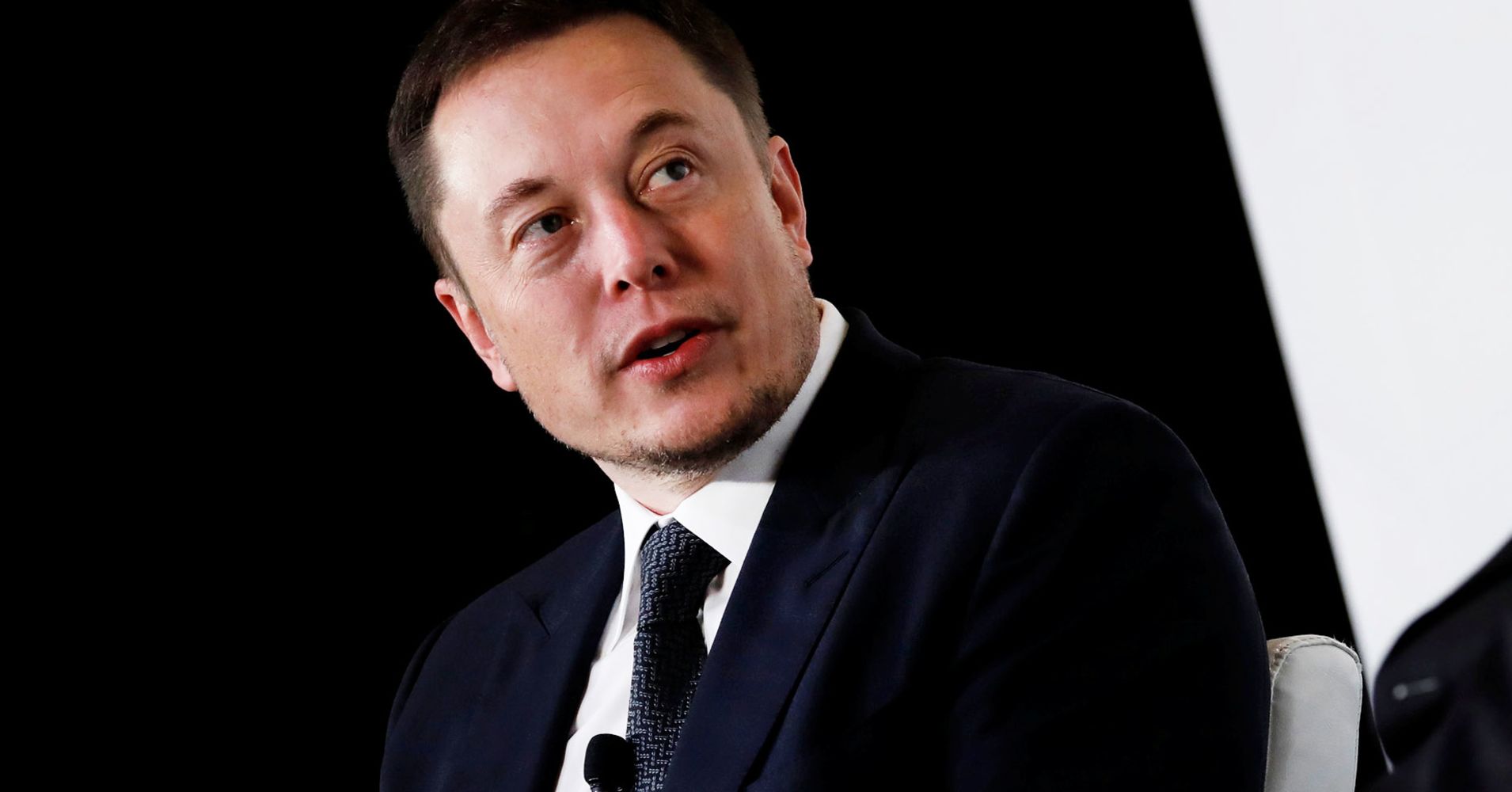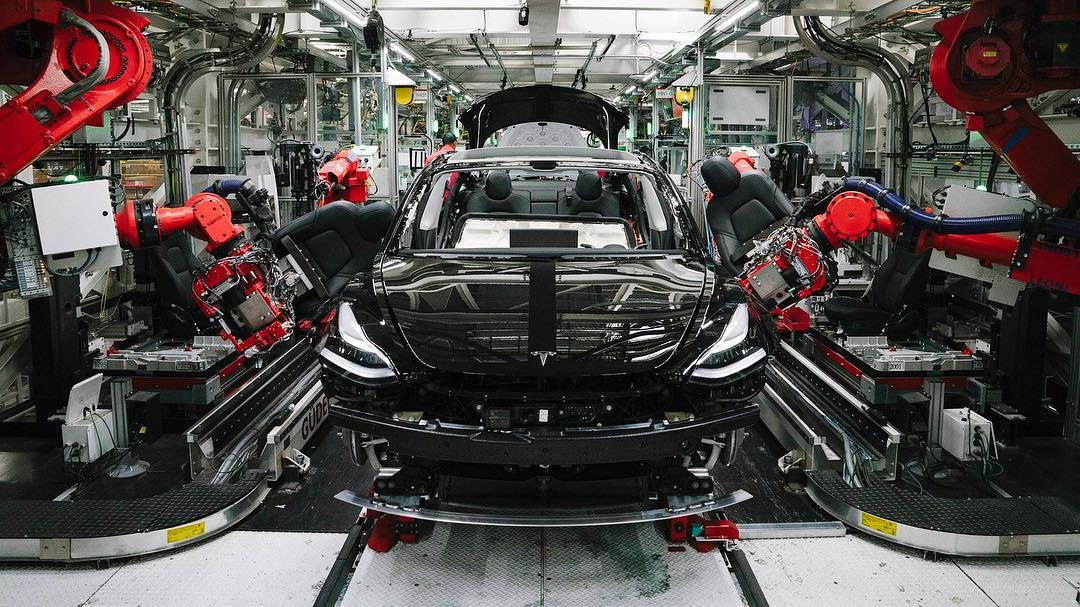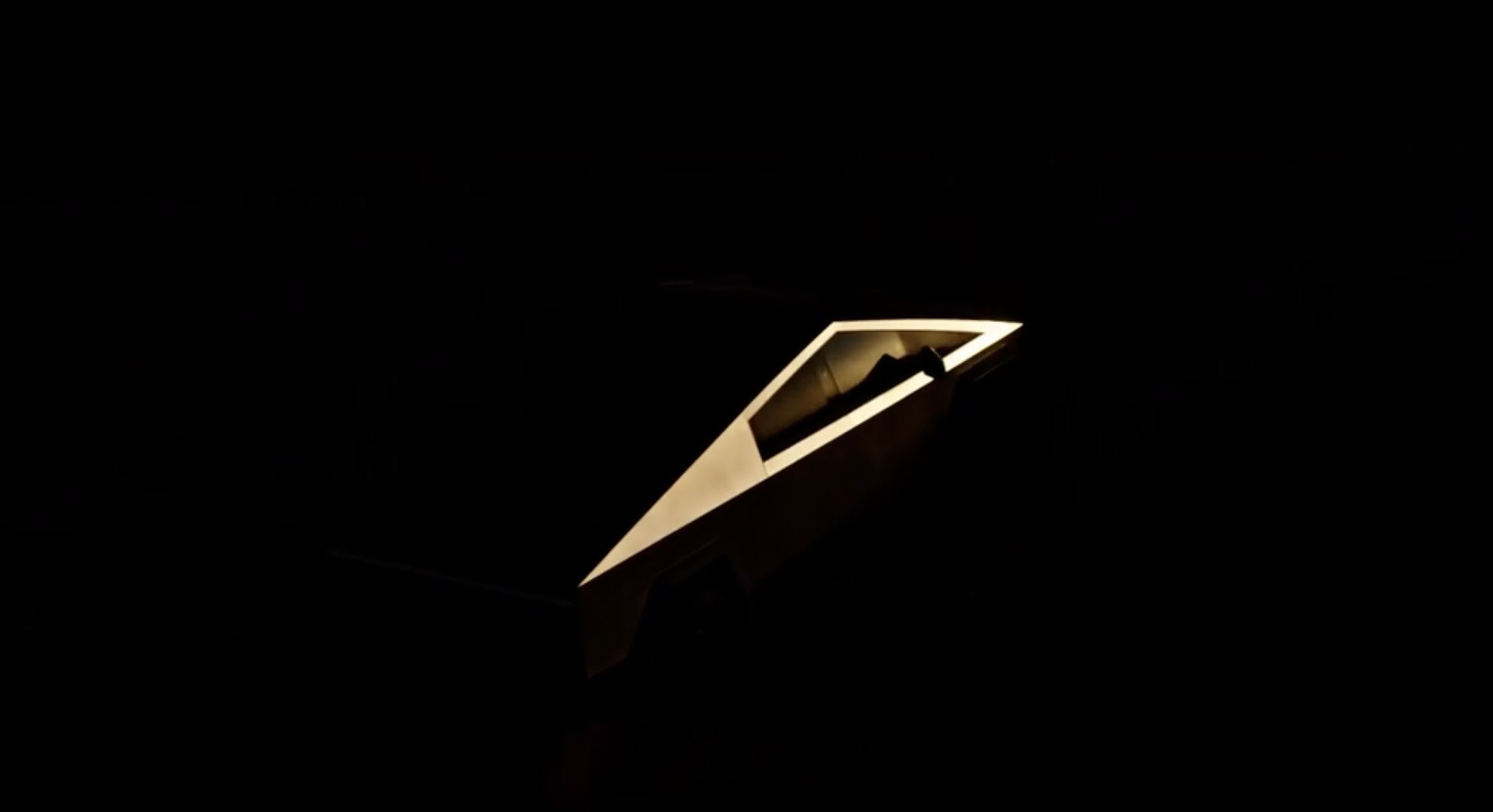

Investor's Corner
How Elon Musk walked away from Tesla’s privatization despite $30 billion offer
Last Wednesday, Elon Musk received an offer for the company’s possible privatization. The proposal was presented to Musk by advisers from Goldman Sachs and Silver Lake, and included a roster of prolific investors willing to contribute as much as $30 billion to Tesla. A day later, Musk met with the company’s Board of Directors at the Fremont factory and announced that he is withdrawing his proposal to take the company private.
The story of Tesla’s attempted privatization started off with a tweet. On August 7, Elon Musk announced on Twitter that he was considering taking Tesla private at $420 per share. Musk also added that funding had been secured for the deal. Later tweets during the day further suggested that the deal was quite certain and that Tesla’s privatization only needed a shareholder vote. Musk eventually published a blog post explaining his tweet a few days later, stating that his reference to funding being secured came from talks with Saudi Arabia’s sovereign wealth fund. The weeks following Musk’s initial announcement were volatile. SEC investigations were reportedly started, lawsuits were filed, and the company’s shares took a deep dive, at one point dipping below $290 per share.
Musk had been thinking of taking Tesla private for a while now. Being a public company, Tesla is subjected to the wild swings of the stock market, relentless attacks from short-sellers, and quarterly pressures from Wall Street. Musk’s other company, SpaceX, is private, and it pretty much runs like a far better-oiled version of Tesla. In an email to the Wall Street Journal this past weekend, Elon Musk explained that Tesla’s privatization was only feasible now, as the company is poised to rise considerably in the coming months.
“In my opinion, the value of Tesla will rise considerably in the coming months and years, possibly putting any take-private beyond the reach of any investors. It was now or perhaps never,” Musk wrote.
Elon Musk hired several high-profile advisers for Tesla’s possible privatization, including bankers from Goldman Sachs, as well as attorneys from Wachtell, Lipton, Rosen & Katz. Musk also hired Egon Durban of Silver Lake Partners, who had brokered and helped bankroll the buyout of computer maker Dell when it went private. Musk also kept close counsel with Tesla executives such as Chief Technology Officer J.B. Straubel, Attorney Todd Maron (who was once his divorce lawyer), finance chief Deepak Ahuja, and his brother Kimbal, who also holds a seat at Tesla’s board.
On August 18, Elon Musk presented ideas about how Tesla’s privatization could be done. According to the Wall Street Journal, the members of the Board were in support of Musk’s go-private initiative, though some had reservations about the CEO’s actions on Twitter. Musk reportedly admitted to his rashness and pledged to exercise more self-control on the social media platform. Musk then went over to the Fremont factory, where he worked until past midnight, tweeting past 2 a.m. that he had just gotten home. He was able to rest the following day.
Tesla’s advisers went into overdrive on August 20 and 21, coming up with a list of possible investors that would provide funding for the company to go private. By August 22, advisers from Goldman Sachs and Silver Lake had a list of interested investors who were willing to fund Tesla’s privatization at $420 per share. Among them were Silver Lake itself, as well as German auto giant Volkswagen AG. The investors have reportedly agreed to contribute as much as $30 billion for the deal. Elon Musk had reservations.

Musk was reportedly suspicious of rival car companies taking a stake in Tesla, particularly since they could piggyback on what the CEO called the “Tesla Halo.” Musk was also bothered by the notion that some of Tesla’s most ardent supporters would likely be pushed out of the privatization deal. For one, Fidelity Investments, which has supported Tesla over the years, would not be able to roll its entire stake in the company due to regulatory constraints.
Retail investors — individual shareholders who believe in Tesla’s mission and are putting in their hard-earned money into the company — might be in jeopardy as well. Then there was the photo. Earlier this month, Musk received a photo emailed to him by an elderly couple dressed in Tesla t-shirts with a handwritten sign congratulating the company for producing 7,000 electric cars in seven days. The message in the photo was short, simply saying “Thanks, Elon! Two happy stockholders!” Musk reportedly forwarded the email to a friend, writing that the picture “Made my day.”
After giving him the $30 billion offer, the privatization deal team advised Musk that the funding would likely come with several strings attached, as some major investors might want to have specific terms for themselves. Some would also demand to have a lot of say in the company.
The day after, a board meeting was held in a conference room at the Fremont factory — one that still had a used sleeping bag from Musk’s overnight working sessions at the facility. The company’s financial advisers stated that they were confident that Tesla’s privatization could be done. Then, it was Musk’s turn to speak.
“Based on the latest information I have, I’m withdrawing the proposal,” Musk said.
Elon Musk’s blog post explaining his decision to keep the company public was published on Tesla’s official website a day later.
Elon Musk
Tesla analyst issues stern warning to investors: forget Trump-Musk feud

A Tesla analyst today said that investors should not lose sight of what is truly important in the grand scheme of being a shareholder, and that any near-term drama between CEO Elon Musk and U.S. President Donald Trump should not outshine the progress made by the company.
Gene Munster of Deepwater Management said that Tesla’s progress in autonomy is a much larger influence and a significantly bigger part of the company’s story than any disagreement between political policies.
Munster appeared on CNBC‘s “Closing Bell” yesterday to reiterate this point:
“One thing that is critical for Tesla investors to remember is that what’s going on with the business, with autonomy, the progress that they’re making, albeit early, is much bigger than any feud that is going to happen week-to-week between the President and Elon. So, I understand the reaction, but ultimately, I think that cooler heads will prevail. If they don’t, autonomy is still coming, one way or the other.”
BREAKING: GENE MUNSTER SAYS — $TSLA AUTONOMY IS “MUCH BIGGER” THAN ANY FEUD 👀
He says robotaxis are coming regardless ! pic.twitter.com/ytpPcwUTFy
— TheSonOfWalkley (@TheSonOfWalkley) July 2, 2025
This is a point that other analysts like Dan Ives of Wedbush and Cathie Wood of ARK Invest also made yesterday.
On two occasions over the past month, Musk and President Trump have gotten involved in a very public disagreement over the “Big Beautiful Bill,” which officially passed through the Senate yesterday and is making its way to the House of Representatives.
Musk is upset with the spending in the bill, while President Trump continues to reiterate that the Tesla CEO is only frustrated with the removal of an “EV mandate,” which does not exist federally, nor is it something Musk has expressed any frustration with.
In fact, Musk has pushed back against keeping federal subsidies for EVs, as long as gas and oil subsidies are also removed.
Nevertheless, Ives and Wood both said yesterday that they believe the political hardship between Musk and President Trump will pass because both realize the world is a better place with them on the same team.
Munster’s perspective is that, even though Musk’s feud with President Trump could apply near-term pressure to the stock, the company’s progress in autonomy is an indication that, in the long term, Tesla is set up to succeed.
Tesla launched its Robotaxi platform in Austin on June 22 and is expanding access to more members of the public. Austin residents are now reporting that they have been invited to join the program.
Elon Musk
Tesla surges following better-than-expected delivery report
Tesla saw some positive momentum during trading hours as it reported its deliveries for Q2.

Tesla (NASDAQ: TSLA) surged over four percent on Wednesday morning after the company reported better-than-expected deliveries. It was nearly right on consensus estimations, as Wall Street predicted the company would deliver 385,000 cars in Q2.
Tesla reported that it delivered 384,122 vehicles in Q2. Many, including those inside the Tesla community, were anticipating deliveries in the 340,000 to 360,000 range, while Wall Street seemed to get it just right.
Tesla delivers 384,000 vehicles in Q2 2025, deploys 9.6 GWh in energy storage
Despite Tesla meeting consensus estimations, there were real concerns about what the company would report for Q2.
There were reportedly brief pauses in production at Gigafactory Texas during the quarter and the ramp of the new Model Y configuration across the globe were expected to provide headwinds for the EV maker during the quarter.
At noon on the East Coast, Tesla shares were up about 4.5 percent.
It is expected that Tesla will likely equal the number of deliveries it completed in both of the past two years.
It has hovered at the 1.8 million mark since 2023, and it seems it is right on pace to match that once again. Early last year, Tesla said that annual growth would be “notably lower” than expected due to its development of a new vehicle platform, which will enable more affordable models to be offered to the public.
These cars are expected to be unveiled at some point this year, as Tesla said they were “on track” to be produced in the first half of the year. Tesla has yet to unveil these vehicle designs to the public.
Dan Ives of Wedbush said in a note to investors this morning that the company’s rebound in China in June reflects good things to come, especially given the Model Y and its ramp across the world.
He also said that Musk’s commitment to the company and return from politics played a major role in the company’s performance in Q2:
“If Musk continues to lead and remain in the driver’s seat, we believe Tesla is on a path to an accelerated growth path over the coming years with deliveries expected to ramp in the back-half of 2025 following the Model Y refresh cycle.”
Ives maintained his $500 price target and the ‘Outperform’ rating he held on the stock:
“Tesla’s future is in many ways the brightest it’s ever been in our view given autonomous, FSD, robotics, and many other technology innovations now on the horizon with 90% of the valuation being driven by autonomous and robotics over the coming years but Musk needs to focus on driving Tesla and not putting his political views first. We maintain our OUTPERFORM and $500 PT.”
Moving forward, investors will look to see some gradual growth over the next few quarters. At worst, Tesla should look to match 2023 and 2024 full-year delivery figures, which could be beaten if the automaker can offer those affordable models by the end of the year.
Investor's Corner
Tesla delivers 384,000 vehicles in Q2 2025, deploys 9.6 GWh in energy storage
The quarter’s 9.6 GWh energy storage deployment marks one of Tesla’s highest to date.

Tesla (NASDAQ: TSLA) has released its Q2 2025 vehicle delivery and production report. As per the report, the company delivered over 384,000 vehicles in the second quarter of 2025, while deploying 9.6 GWh in energy storage. Vehicle production also reached 410,244 units for the quarter.
Model 3/Y dominates output, ahead of earnings call
Of the 410,244 vehicles produced during the quarter, 396,835 were Model 3 and Model Y units, while 13,409 were attributed to Tesla’s other models, which includes the Cybertruck and Model S/X variants. Deliveries followed a similar pattern, with 373,728 Model 3/Ys delivered and 10,394 from other models, totaling 384,122.
The quarter’s 9.6 GWh energy storage deployment marks one of Tesla’s highest to date, signaling continued strength in the Megapack and Powerwall segments.

Year-on-year deliveries edge down, but energy shows resilience
Tesla will share its full Q2 2025 earnings results after the market closes on Wednesday, July 23, 2025, with a live earnings call scheduled for 4:30 p.m. CT / 5:30 p.m. ET. The company will publish its quarterly update at ir.tesla.com, followed by a Q&A webcast featuring company leadership. Executives such as CEO Elon Musk are expected to be in attendance.
Tesla investors are expected to inquire about several of the company’s ongoing projects in the upcoming Q2 2025 earnings call. Expected topics include the new Model Y ramp across the United States, China, and Germany, as well as the ramp of FSD in territories outside the US and China. Questions about the company’s Robotaxi business, as well as the long-referenced but yet to be announced affordable models are also expected.
-

 Elon Musk3 days ago
Elon Musk3 days agoTesla investors will be shocked by Jim Cramer’s latest assessment
-

 News1 week ago
News1 week agoTesla Robotaxi’s biggest challenge seems to be this one thing
-

 News2 weeks ago
News2 weeks agoTexas lawmakers urge Tesla to delay Austin robotaxi launch to September
-

 Elon Musk2 weeks ago
Elon Musk2 weeks agoFirst Look at Tesla’s Robotaxi App: features, design, and more
-

 Elon Musk2 weeks ago
Elon Musk2 weeks agoxAI’s Grok 3 partners with Oracle Cloud for corporate AI innovation
-

 News2 weeks ago
News2 weeks agoWatch Tesla’s first driverless public Robotaxi rides in Texas
-

 News2 weeks ago
News2 weeks agoSpaceX and Elon Musk share insights on Starship Ship 36’s RUD
-

 News2 weeks ago
News2 weeks agoTesla has started rolling out initial round of Robotaxi invites















